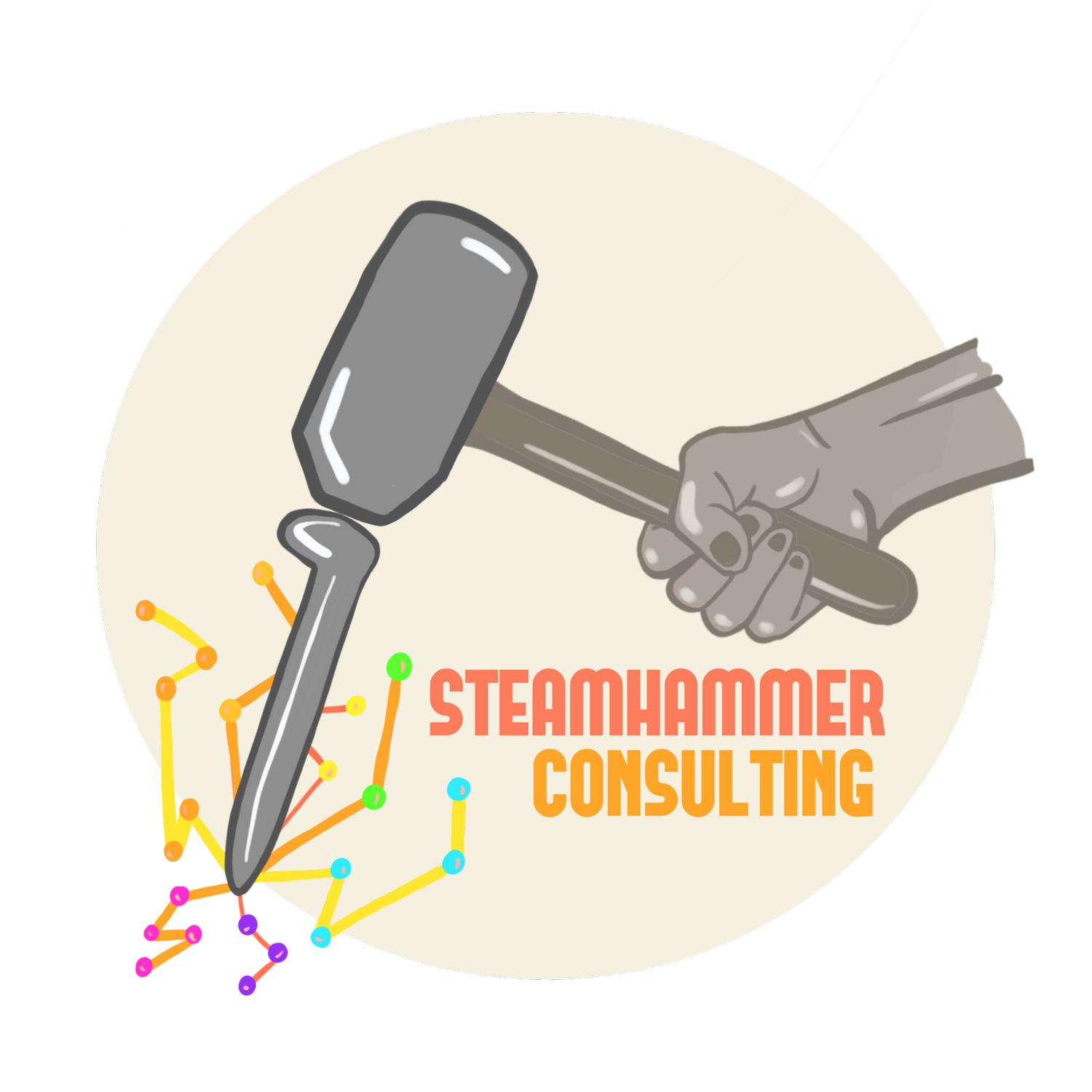We’ve Always Done it This Way
Trucking and distribution companies have traditionally been slow to adopt technology, despite the potential benefits of streamlining operations and enhancing efficiency. Several factors contribute to this slow adoption.
One of the primary reasons is the high cost associated with implementing new technologies in the trucking and distribution industry. Upgrading systems, investing in hardware and software, and training employees can be expensive for companies, particularly smaller ones with limited resources. The initial investment and ongoing maintenance costs can deter companies from embracing technological advancements
Another significant factor is the shortage of skilled talent capable of managing and leveraging these new technologies. Trucking and distribution companies may lack employees with the necessary expertise to implement and utilize advanced technology effectively. In countries like Singapore and Malaysia, where the shortage of tech-related skill sets is already prevalent, companies may face even greater challenges in adopting new technologies
The trucking industry has historically relied on traditional practices and established workflows. Introducing new technologies often requires significant changes in processes, which can be met with resistance from employees who are comfortable with the status quo. The fear of disruption or potential job losses can create resistance to technological advancements within the workforce.
The trucking and distribution industries operate on a complex network of stakeholders, including shippers, carriers, drivers, and regulatory bodies. Coordinating the adoption of technology across this intricate web of stakeholders can be challenging. Standardization and interoperability issues may arise, hindering the widespread adoption of new technologies. Collaboration and consensus among industry participants are essential to driving technological advancements across the sector.
The trucking and distribution industries operate under strict regulations and compliance requirements. Navigating these regulatory frameworks while integrating new technologies can present hurdles for companies. Compliance concerns, coupled with uncertainty about the legal implications of implementing new technologies, may contribute to the slow pace of adoption.
Despite these challenges, there are incentives and driving forces for trucking and distribution companies to embrace technology. The need for operational efficiency, cost reduction, and improved customer service can push companies toward technology adoption. As the competitive landscape evolves and customer expectations shift, companies realize the importance of leveraging technology to stay relevant and gain a competitive edge. The time is coming, and may already be here when transportation companies can no longer afford to lag behind other industries in digitization and optimization.
In conclusion, trucking and distribution companies have been slow to adopt technology due to factors such as high implementation costs, a shortage of skilled talent, resistance to change, complex stakeholder networks, and regulatory challenges. Overcoming these barriers will require collaborative efforts from industry players, government support in terms of training and incentives, and a recognition of the long-term benefits that technology adoption can bring to the trucking and distribution sector.
